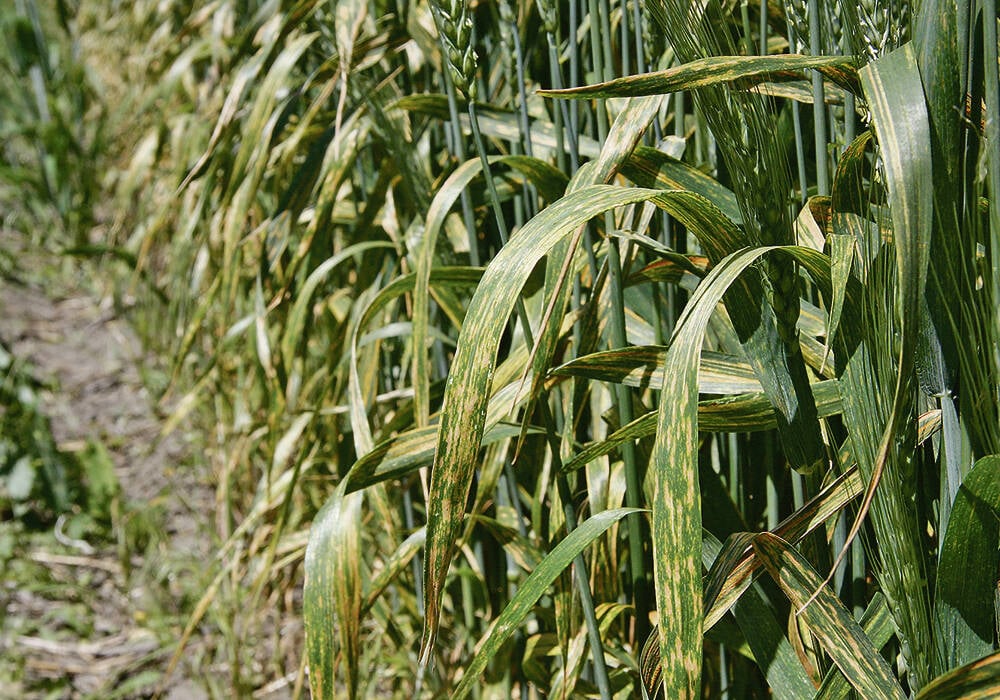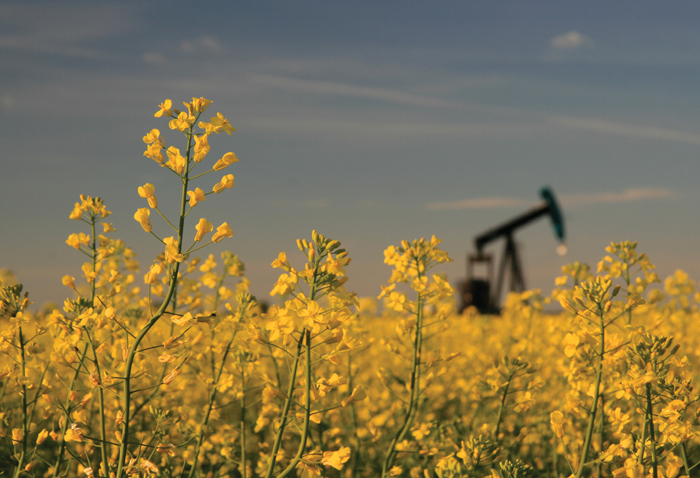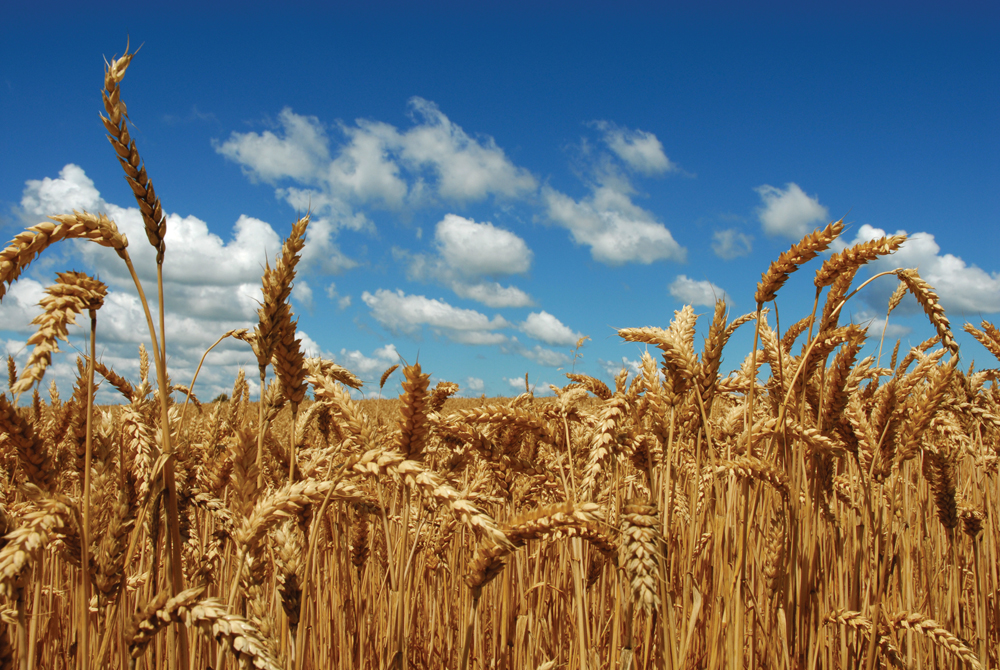In a time of flat or falling prices, canola and barley offer a little ray of hope, according to Moe Agostino, chief commodity strategist with Farms.com Risk Management.
Tight supply is positive for canola, but the key is strong demand fuelled by the plunge in the Canadian dollar, Agostino told a packed room at FarmTech.
“That’s why the canola price is bucking the trend. That’s why canola is moving higher,” he said.
Farmers in the European Union didn’t plant as many canola acres and Europe’s ban on neonicotinoid insecticide is expected to increase disease pressure in 2015 and further tighten supplies, said Agostino, who has a canola price target in the range of $465 to $490 a tonne.
“That’s where I think prices are going,” he said.
Supply is the driver on the barley side, he said. Barley acres were down 17 per cent last year while yield fell by 13 per cent and that’s fuelling predictions of supply shortages, said Agostino, who forecasts prices to stay above $200 and to potentially hit the $240-a-tonne mark by summer.
But his outlook isn’t hopeful for other crops.
Oat prices will remain weak and the global supply of wheat is high and that will continue to weigh on prices unless there is extensive winterkill in the U.S. or a weather wreck in a major wheat-producing area, he said. Agostino is also bearish on soybeans.
Read Also

Stripe rust confirmed in Alberta fields
Confirmed sightings of stripe rust in Alberta have prompted experts to encourage growers in southern Alberta, along with those in the Drumheller and Calgary regions, to scout their fields for the disease.
There will be more acres of pulses planted and ending stocks are expected to double, which is bearish for prices. The carry-out and stocks-to-use ratio for dry peas is expected to jump dramatically, he said.
Lower diesel prices are coming, but unlike producers in Ontario, Prairie farmers don’t have the ability to book diesel forward. So Agostino recommends hedging diesel or using futures, but since using futures can be risky, it’s important to use a consultant or broker for guidance.
“You have to always ask yourself what’s the risk or reward,” he said, adding a call option should minimize the risk of margin calls.
He predicted fertilizer prices to be stable as strong supply is being matched by strong demand.
And while the low loonie pumps up the price Canadian farmers receive for exported grain, it has the opposite effect when buying anything imported from the U.S. Demand for American goods in Canada is “just going to fall off the cliff,” he said.

















